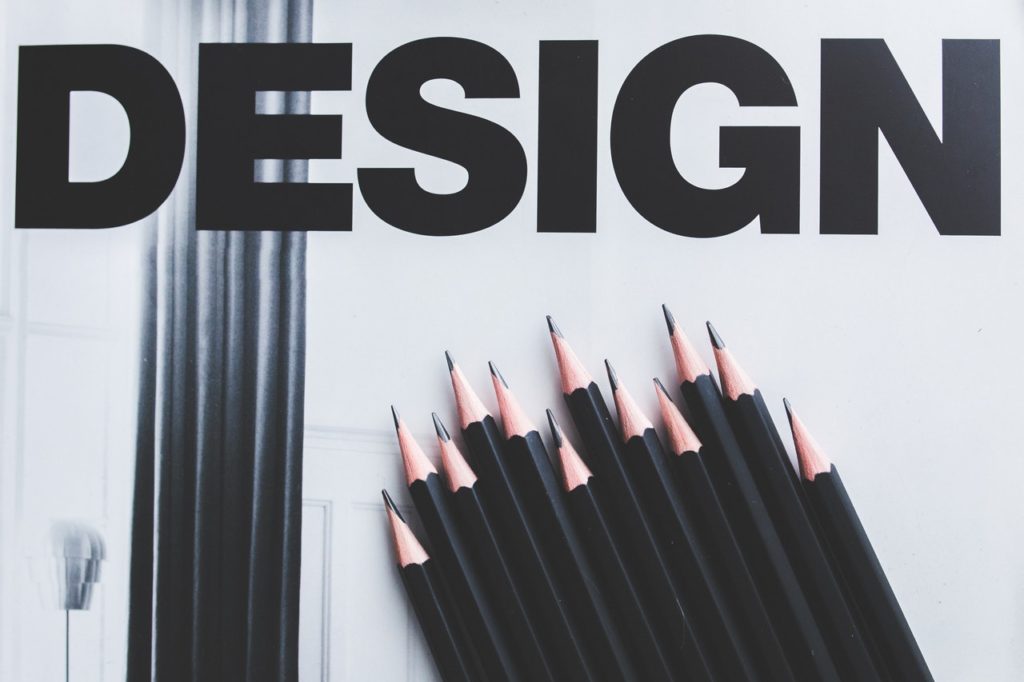Design is a word that is often used in business, but how well do you understand its significance? There are numerous different ways that design plays a vital role in businesses of all kinds, not just manufacturing. If you think about design only in terms of creating new products, you’re missing out on the value that good design can add to a range of business processes. In fact, design is at the heart of most of your business activities, from streamlining your operations to marketing and expansion.
What is Design?

In essence, design is the process of turning ideas into realities. There’s far more going on in the design process than simply sitting around waiting for inspiration to strike though. In many cases, design is needed to find a solution to a specific problem that’s been identified in the workplace or the business strategy. It also plays a crucial role in providing the basis of success in every aspect of business operation.
The Importance of Design in Marketing
Designing effective graphics and logos is fundamental to the success of a marketing campaign. Many marketing efforts are let down by the quality of the design, even when the content or the message is well-written. The art of good marketing is to catch people’s eyes, making them sit up and take notice among all the other distractions and preoccupations of life.
If you think about the most successful marketing and branding strategies from global corporations, you’ll see how important design has been to their impact. You might be so familiar with MacDonald’s golden arches or Nike’s tick that you’ve forgotten that way back when someone had to come up with the design for these iconic logos.
Manufacturing
Coming up with new products is the most obvious role of design in business, but it’s not just the appearance of a product that requires design. Your electronic gadgets have all undergone an aesthetic design process to make them look appealing, but far more important is the functionality of the device, and that’s down to the design of the electronics that form the core of the product.
Printed circuit boards (PCBs) are the brains that make electronics work, and their design is crucial to the smooth and efficient operation of the finished product. Using a cost-effective PCB design tool to create a unit that provides the best possible experience for the end user is crucial to the success of the finished product. A PCB that is poorly designed, with connections that run too close together and lead to shorting out, for example, is never going to be compensated for by a sleek and beautiful exterior finish.
For any business project or creation to work at an optimum level, every aspect has to be broken down into the constituent parts and the design of each examined in detail. Whether it’s the efficiencies of your accounting systems, the operation of your machinery, or the creation of new products, each element of the whole should be assessed and subjected to a rigorous design process to ensure the optimal outcome.